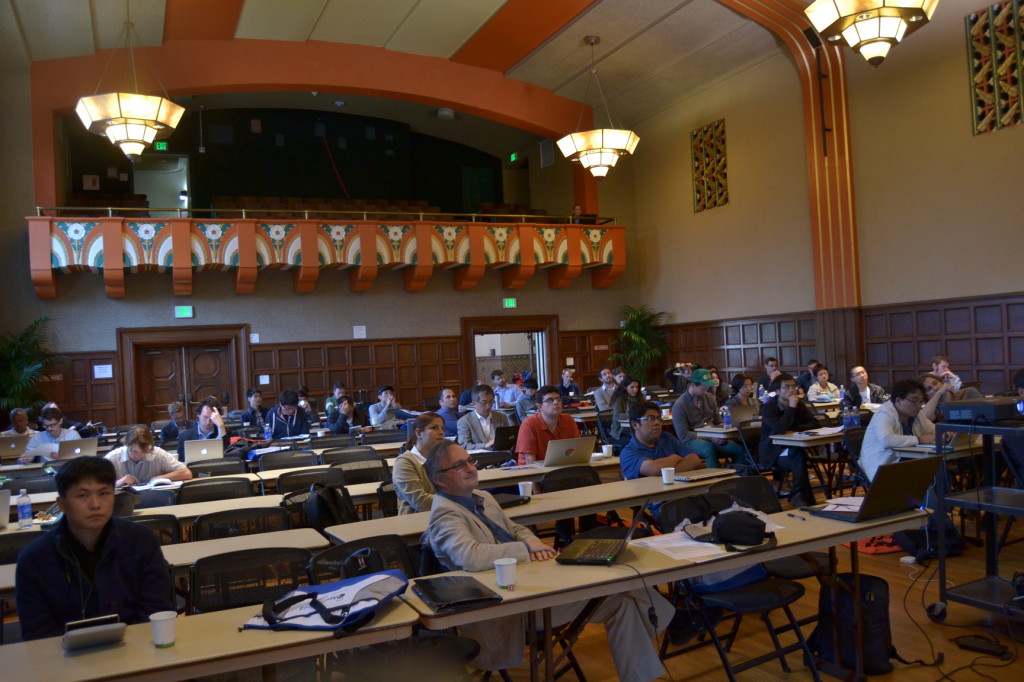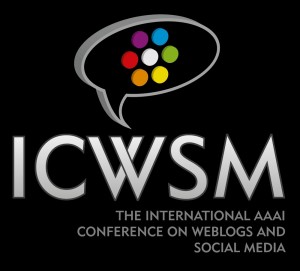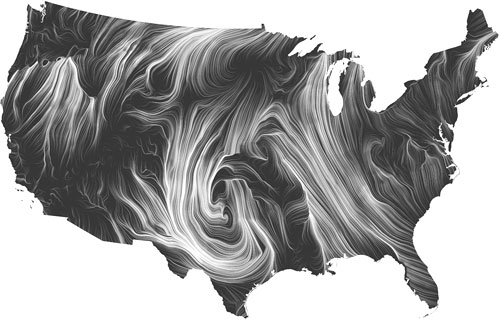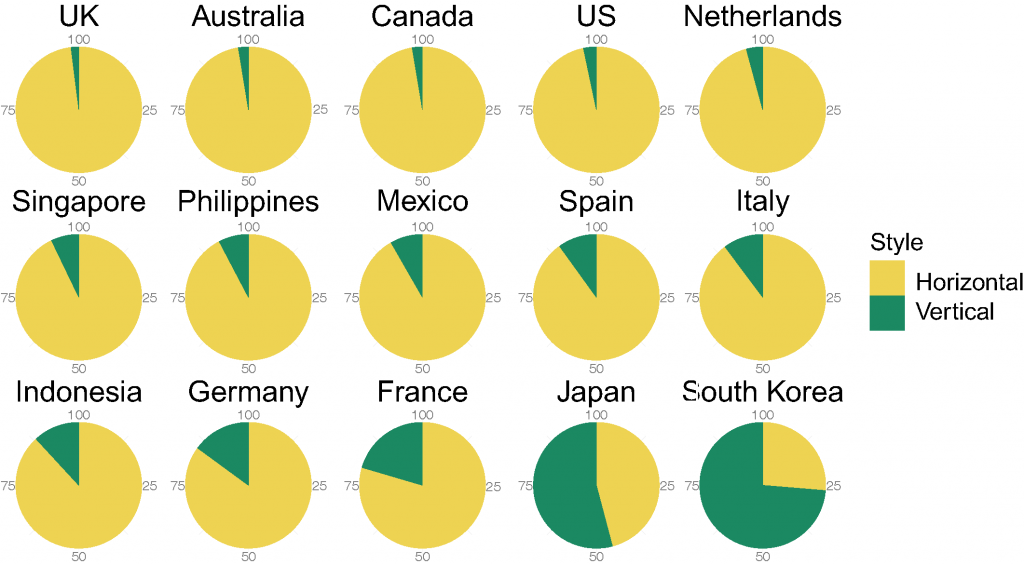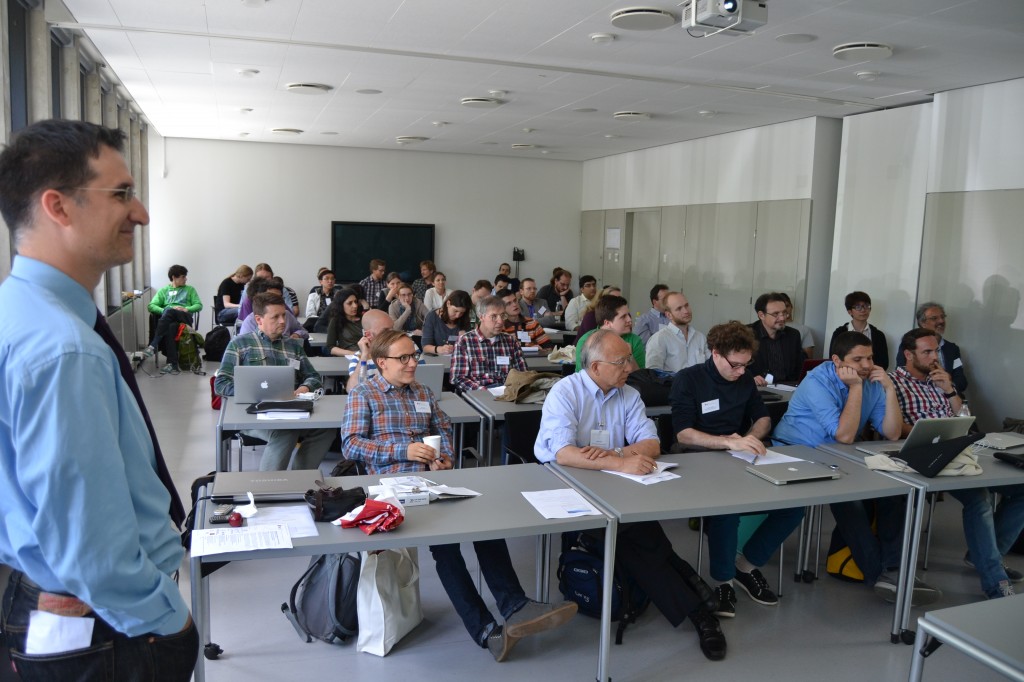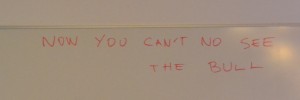Collective Intelligence 2015 Report
As I wrote previously, this year I missed NetSci, the yearly appointment for everybody who is interested in network analysis. The reason is that I was invited to give a talk at the Collective Intelligence conference, which happened almost at the same time. And once I got an invitation from Lada Adamic, I knew I couldn’t say no to her. Look at the things she did and is doing: she is a superstar scientist! So I packed my bags and went to the West Coast.
The first day was immediately a blast. Jeff Howe chaired the first session with some great insights about crowdsourcing. As you know, crowdsourcing is a super hip thing nowadays. It goes like this: individually, each one of us is pretty terrible at solving a hard problem. But if we put together enough terrible people, the average of their errors cancels out and we get an almost perfect performance. The term itself crowdsourcing was basically invented by Jeff (and Mark Robinson) when he was writing for Wired. The speakers in Jeff’s session showed us some cool examples of crowdsourcing research. The one that stuck with me the most was from Ágnes Horvát: she and her co-authors were able to analyze the internal communications of a hedge fund about investments and use the features of this communication (frequency of messages, mood, etc) to predict how the investments would perform. And they got it right much more than the strategists at the hedge fund itself.

The second day started with the session with my talk in it. A talk about memes of course! The people I got lined up with were spectacular. Jacob Foster talked about the collective intelligence of science. How do scientists make sense of the incredible amount of research out there? And how is it possible to advance knowledge in such hard times, when there are tens of new studies published every day? Dean Eckles gave an insightful talk about how Facebook users react when their stories get “snoped” (Snopes is a website dedicated to debunk hoaxes). Finally, fellow Italian Walter Quattrociocchi also spoke about hoaxes on Facebook: how they spread, how conspiracy believers interact with skeptics, and so on.
In the next session I attended, I particularly liked two talks. First, Ben Green talked about collective intelligence, and what it actually is. It reminded me of community discovery in networks: scientists dove enthusiastically into it, producing hundreds of papers. However, many didn’t realize that “communities” (and “collective intelligence”) are not so easily defined. Green is trying to fix that. Richard Mann‘s talk was also very interesting: in his work with Dirk Helbing he designed incentive strategies for getting the best out of the wisdom of crowds.

The lunch keynote was from a superstar in collective intelligence: Regina Dugan. Just to give you an idea about her, her CV sports a position as program manager at DARPA and she currently is vice president of Engineering, Advanced Technology and Projects at Google. Not bad. She shared her experiences in directing and experiencing the process of doing cutting edge research. Her talk was a textbook example of motivational speaking for scientists and entrepreneurs alike.
Finally, I had the pleasure to attend a couple of talks about prediction markets. These communities are basically a stock market for opinions. Given an event, say the 2016 president elections, people can put money on their prediction of who is going to be the winner. Websites like SciCast put in place some rules about buying and selling opinion “stocks” and eventually the market price converges on people’s best estimate of every candidate’s odds to win. Prediction markets are a favorite of Nate Silver, and he talks quite a lot about them in “The Signal and the Noise”.
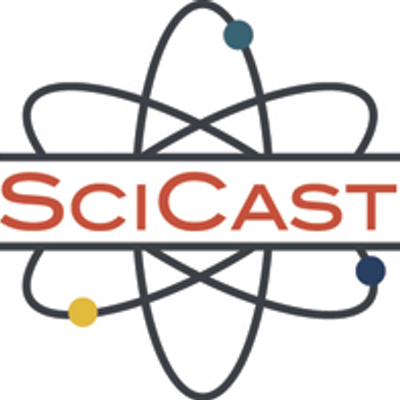
Unfortunately, my report of the conference ends abruptly here, as I had to miss the last day of conference. But the experience was well worth the trip, and I am very grateful for the invitation to Lada Adamic, Scott Page and Deborah Gordon. Unfortunately, this also means that I discovered a shiny event that overlaps with NetSci. Next year, I’ll have to face hard decisions when I allocate my conference time in early June.
